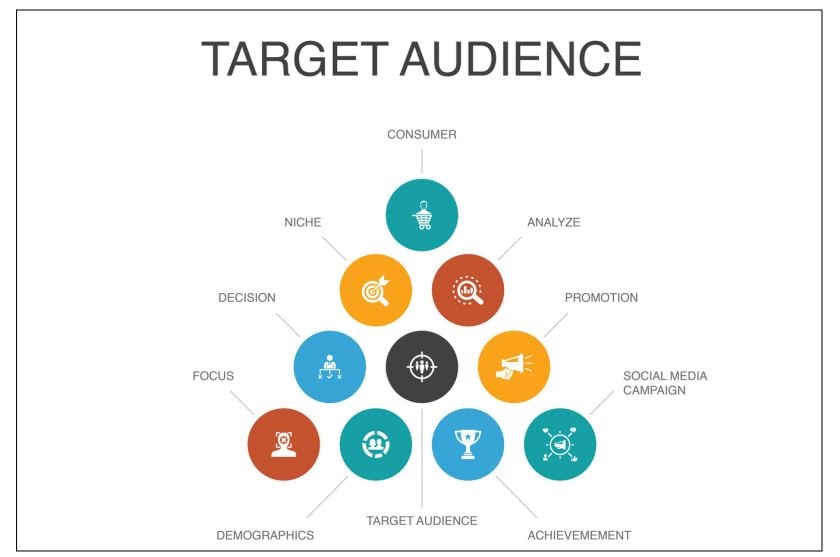
Many brands struggle with social media engagement despite regular posting and attractive visuals. Why? Because they are speaking to the wrong audience, or trying to speak to everyone at once.
Low Engagement from the Wrong Audience
Failing to define and target the right audience can lead to wasted advertising budgets, low reach, and poor engagement rates. Posting general content without understanding who you are trying to reach makes it harder to spark meaningful interactions, build trust, or convert followers into customers.
When your audience feels like your content is not made for them, they scroll past it.
The Solution: Strategic Audience Targeting
To boost engagement, you must go beyond basic demographics. Audience targeting is about understanding who your ideal followers are, what they care about, and where they spend their time online. Here is how to do it strategically:
1. Define Your Ideal Customer Persona
Start by building a detailed profile of your target audience. Go beyond age and gender—think about:
- Their pain points and goals
- Online behaviours (e.g., what platforms they use most)
- Hobbies, job roles, and purchase motivations
- This helps tailor content that resonates on a personal level.
2. Segment Your Audience
Not all followers are alike. Create segments based on interests, purchase stage, or platform behavior. For example:
New followers:
Educate and introduce your brand
Returning customers:
Upsell or offer loyalty perks
Content consumers vs. active buyers:
Share relevant CTAs
Tailoring content to specific segments increases relevance and engagement.
3. Use Platform-Specific Targeting Tools
Each social media platform offers robust targeting features. Use them:
Facebook/Instagram:
Target by interests, behavior, or lookalike audiences
LinkedIn:
Segment by job title, industry, or company size
Twitter (X):
Use keyword and hashtag targeting
TikTok:
Leverage interest categories and behavior filters
The more specific your audience filters are, the more effective your content delivery becomes.
4. Leverage Analytics and Feedback
Use analytics to understand what type of content performs well with which audience. Monitor:
- Engagement rates (likes, comments, shares)
- Time of day/week your audience is most active
- Follower growth by content type
Incorporate regular surveys, polls, or comment threads to get qualitative insights straight from your audience.
5. Adapt Content to Fit Audience Preferences
Targeting the right people is not enough—you need to speak their language. For example:
- A Gen Z audience may prefer short-form videos with trending audio
- B2B professionals might engage more with data-driven infographics on LinkedIn
- Fitness enthusiasts may love motivational quotes or user-generated transformations
- Adjust your tone, format, and frequency to what suits each audience segment.
Meaningful Engagement That Converts
When you target your audience effectively, the difference is clear. Engagement rises—not just in likes and shares, but in meaningful interactions like comments, saves, DMs, and conversions. Your content becomes a conversation, not a monologue.
Effective audience targeting also improves ad performance, reduces bounce rates, and strengthens brand loyalty. You spend less time and money broadcasting to the wrong people and more time nurturing the right ones.
Conclusion
Audience targeting on social media is not a one-time task—it is an ongoing strategy. The more you learn about your audience, the more personalized and engaging your content becomes. When done right, it transforms social media from a broadcasting tool into a connection engine.


